I remember the ephemera at the back of St Barnabas. The church stands in Oxford’s suburb of Jericho, near the University Press. It had proper church clutter: stumps of candles, dogeared pamphlets and reminders of long gone diocesan initiatives. St Barnabas – a beautiful Italianate monstrosity, plonked by the high Victorians, with their classic tact, amid a cluster of crabby little houses, once slums but now worth millions – is good at collecting this stuff. In the sacristy is a vestment made from the coronation hangings of Tsar Nicholas II, smuggled out of Petrograd at the revolution; now the double-headed eagle peeps through the incense, delighting porters, dons and motor workers alike on high days and holidays.
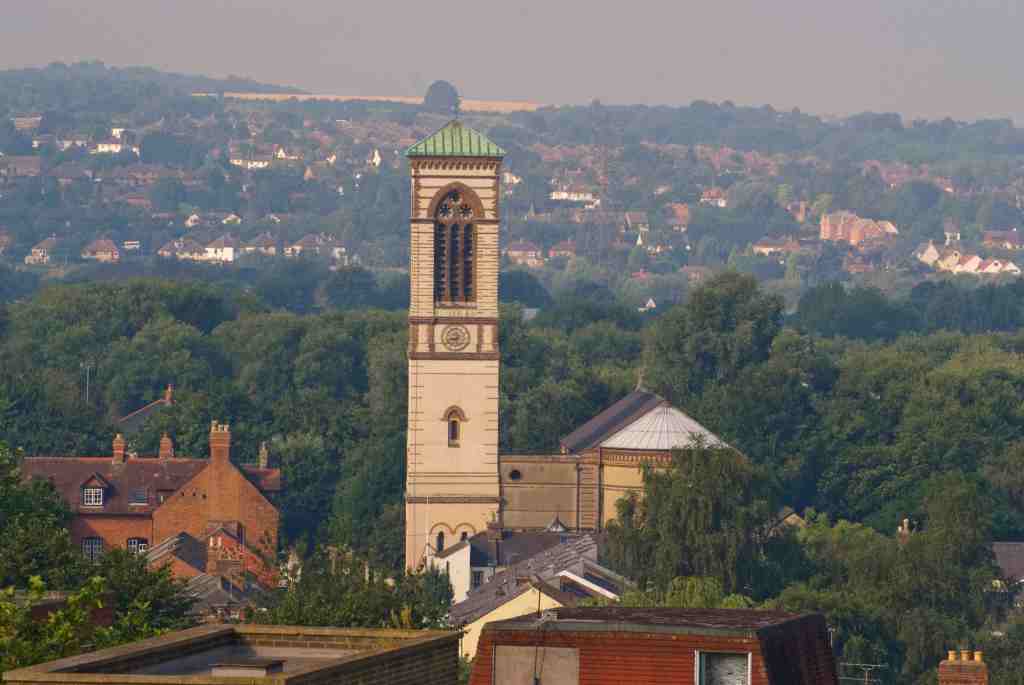
The piece of uselessness that most captivated me, as I pretended to help tidy up at the back when an undergraduate, was a pamphlet entitled ‘DID JESUS COME TO BRITAIN?’. The question was answered in the very first word of the long diatribe that followed, which was an emphatic, capitalised ‘YES’. Even among the collection of publications advocating zany ideas and seemingly lost causes that make up this sort of church clutter, this one stood out as particularly loopy. Obviously it became my favourite.
The hypothesis is that Christ came to Britain – specifically the West Country, which was one of the ancient world’s primary sources for tin – with an elder relative, the wealthy Joseph of Arimathea, who would eventually provide the tomb in which he would be laid on that first Good Friday. Joseph was a wealthy trader, specifically in metal, and so, it is said, he allowed the young Jesus to travel with him on a sort of business trip. Certainly civilisations as early as the Phoenicians used Cornish tin, and archaeological finds from the Mediterranean can be traced, with some accuracy, to the gloriously named ‘Ding Dong’ mine near Penzance.
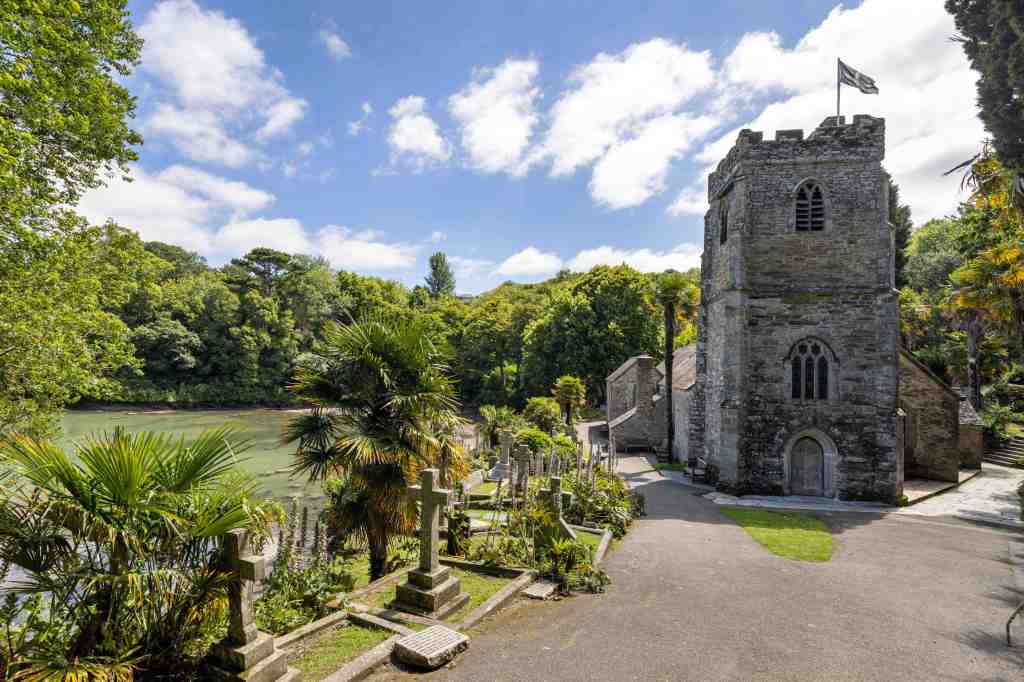
It is said that the ship carrying the teenage Jesus took refuge in a cove, near to the church of St Just in Roseland on the southern Cornish coast. The church now is a riot of alien colour, the result of an enthusiastic planting programme of Australian species by a local gardener. St Just isn’t alone in claiming a visit by Christ – Looe Island just down the coast does so too. Plenty of people, including the author of my favourite pamphlet, maintain such a visit was possible. Still others still maintain it is definite truth.
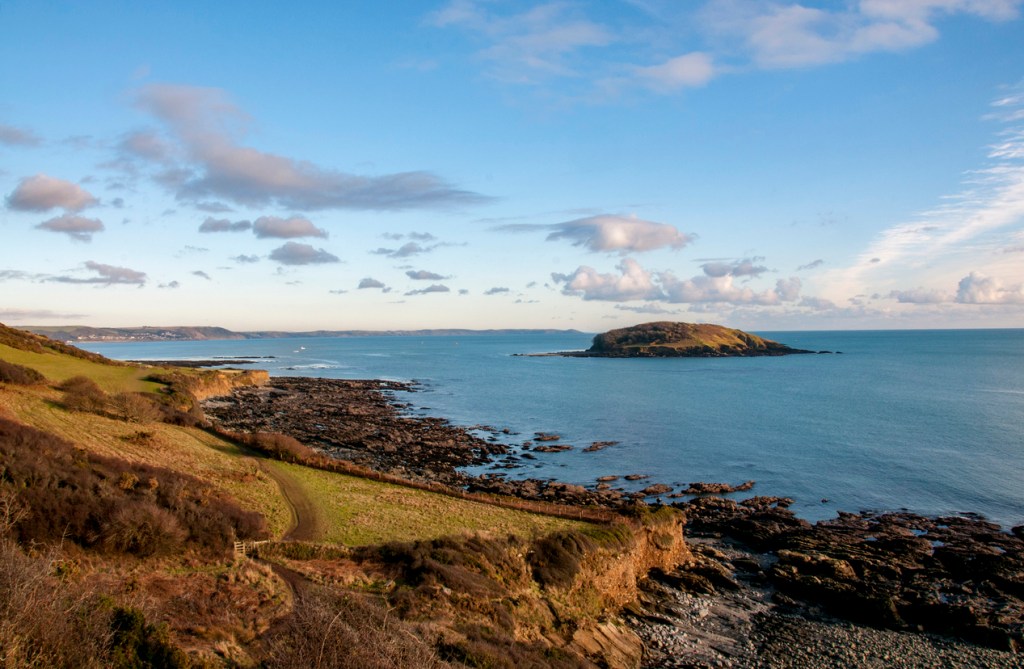
Blake’s poem turned hymn Jerusalem is, of course, the most famous encapsulation of the myth – asking the question about those feet on mountains green. It is itself a reference to the most famous supposed location of a visit by Christ: Glastonbury, not its festival but its Tor. Certainly the church that became the abbey was of enormous age. St Augustine, who bought Christianity to England, wrote back to the Pope saying that he’d found at least one church in the country which had already been around for centuries: it was Glastonbury. The visit became the source of the town’s wealth; indeed its reputation today as a centre for what is more euphemistically branded as ‘spirituality’ goes back to the purported trip.
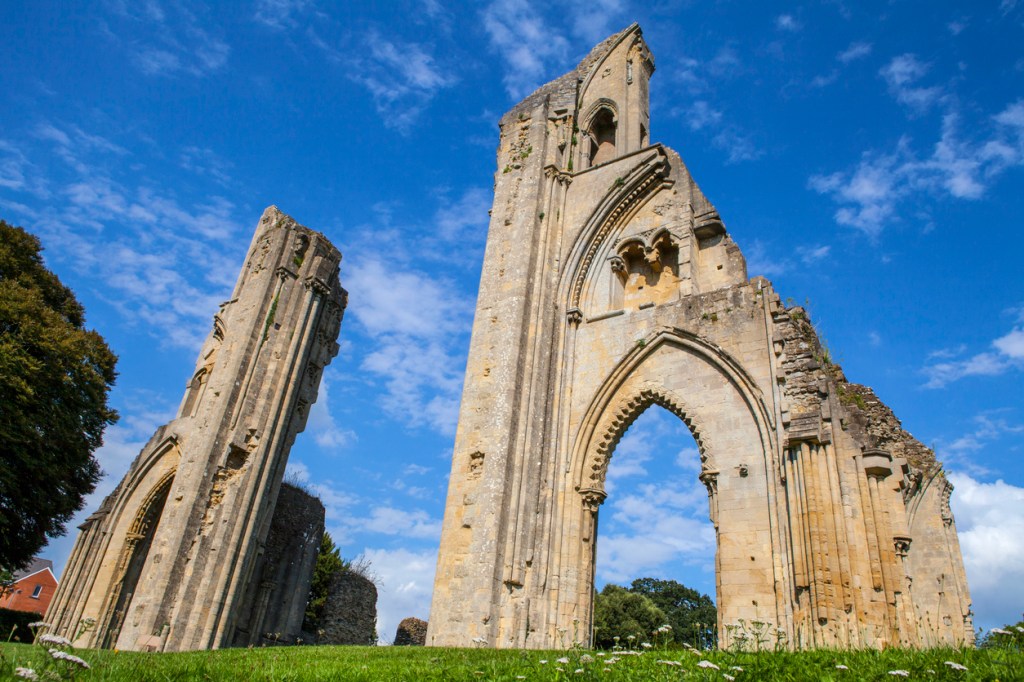
While Jesus may be the most important figure to have supposedly swung by Blighty, he is not the only one. The Blessed Virgin Mary is purported to have made visits to both Walsingham in Norfolk, where she told a local noblewoman to build her a house, and to St Bartholomew the Great in the City of London, where she told the then prior, in a dispute with his own monks, that he was definitely, absolutely right.
These holy visits to the British isles tend to occur, as we have seen, at times, if not always places, that are remarkably convenient. Some trace the tales of such apparitions back to the superstition of areas far from central ecclesial authority; others to the need to create a sense of England as ‘special’ rather than as a backwater. Many think they are merely the result of the avarice of monks.
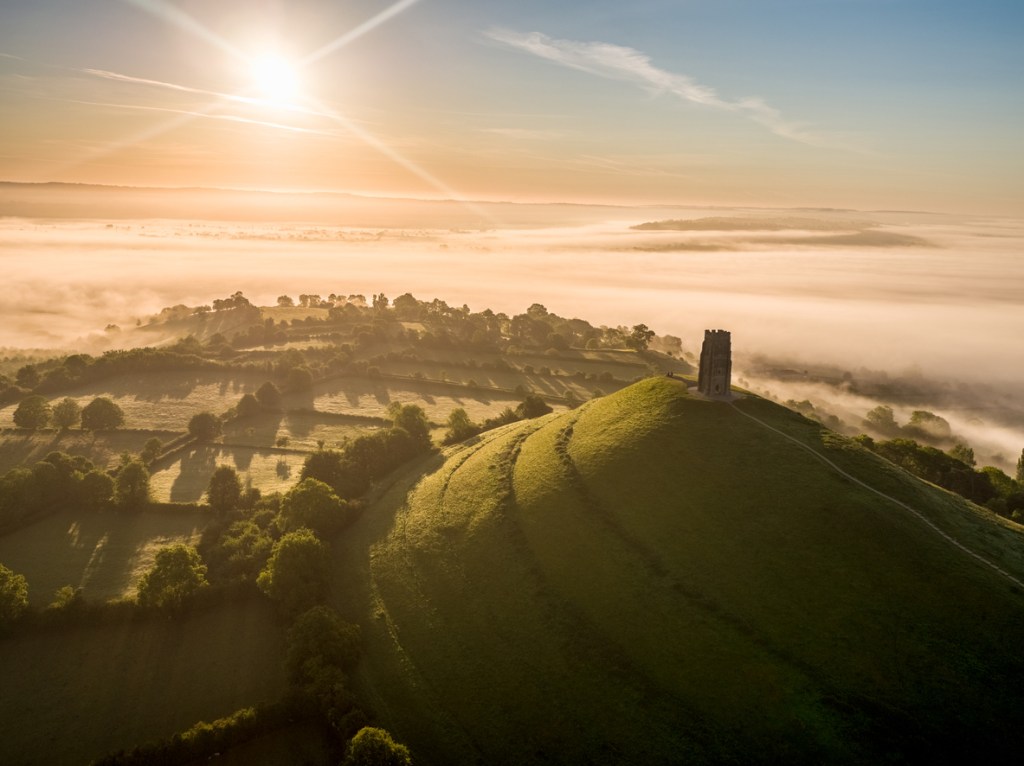
Back to Glastonbury. On Sunday, in the early hours of the morning, Jesus will be present – this time, however, not as a pimply Messianic teenager but as the heart of the Easter celebration. And, while the sunrise service beneath the Tor is quite something, Glastonbury isn’t special or unique in this regard.
Easter is a time where the reality of Christ, not as corpse or phantasm, but as resurrected flesh, is proclaimed across the country, at Glastonbury and at St Just and among the clutter in suburban Oxford. The truth of this resurrection is the pin on which every other facet of Christianity hangs, and the hope which shapes every Christian soul, moulds them, it is to be hoped, into a facsimile of love.
Did those feet in ancient time, walk upon England’s mountains green? Perhaps not; I’m not sure it matters. This Easter, what will stir once again, through those odd corners of England, whether they claim a visitation or not, is a life-giving spirit of love.

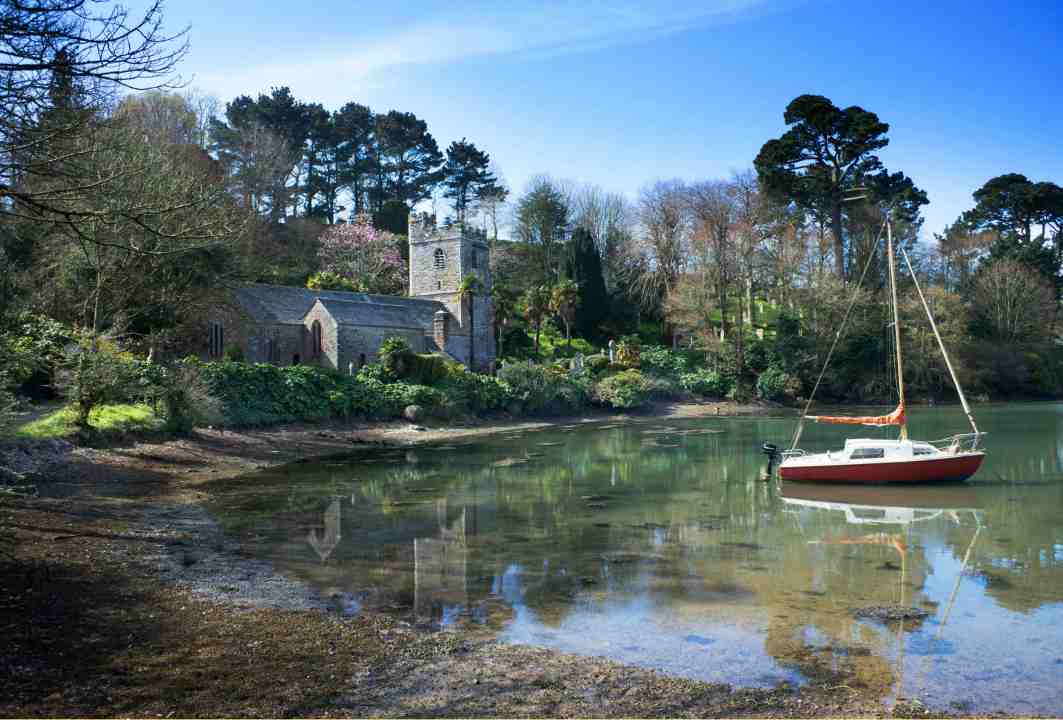
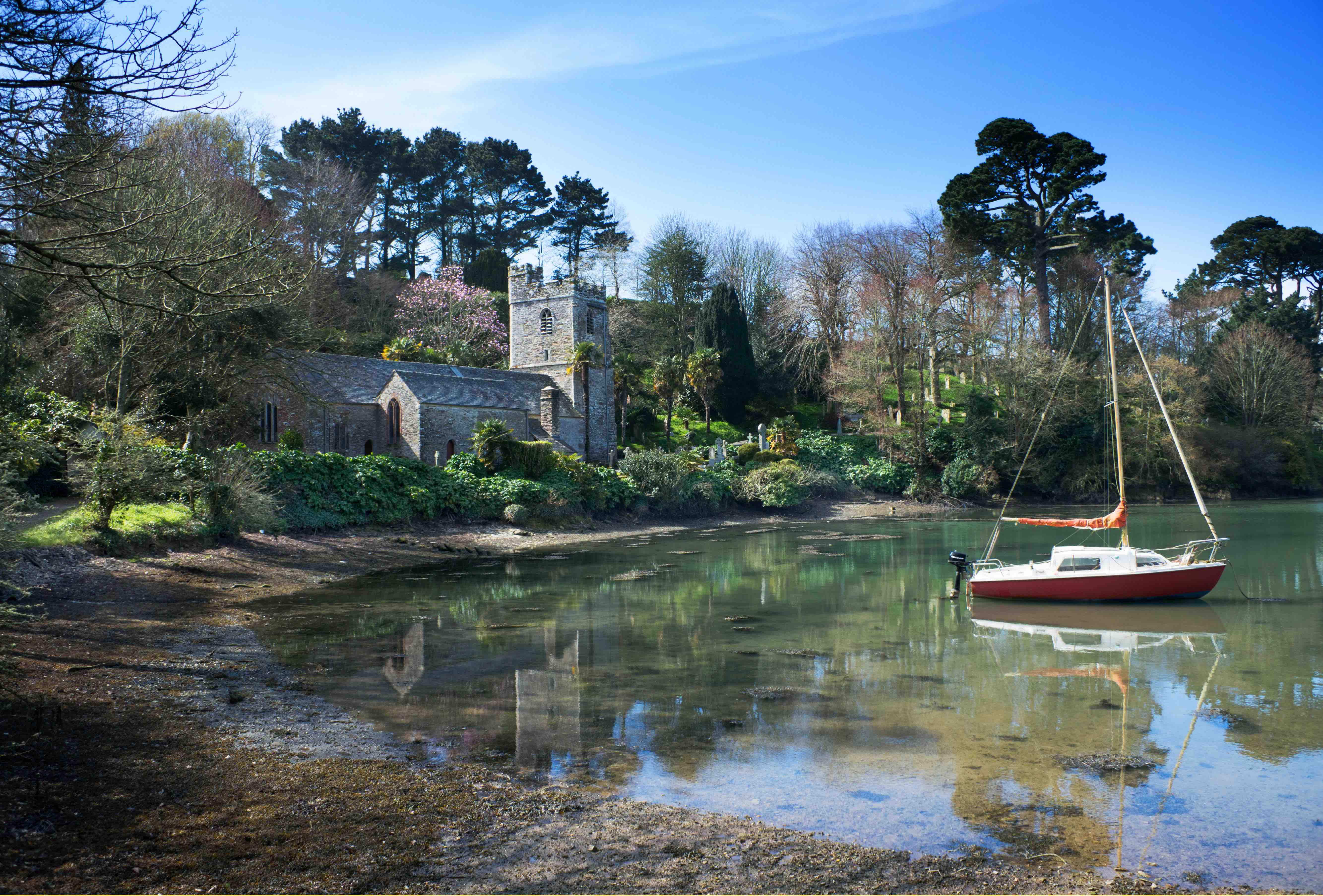




Comments